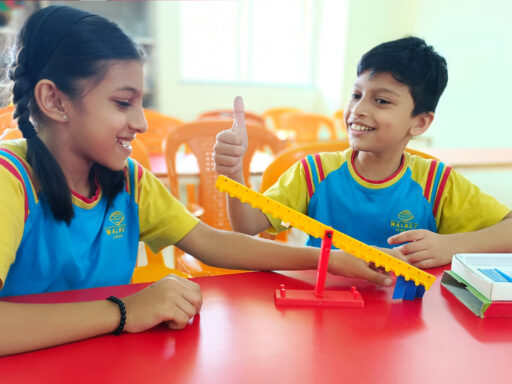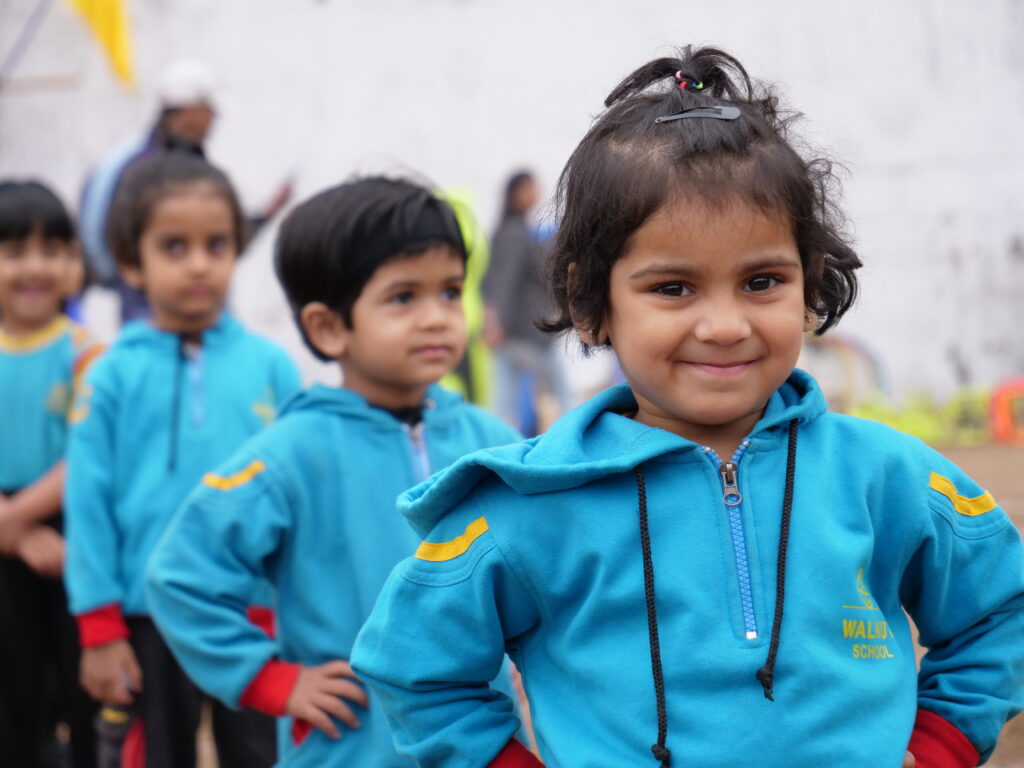
In today’s competitive world, building confidence in students is an essential aspect of their overall development. Self-confidence helps students to believe in themselves and their abilities, which can positively impact their academic progress, personal growth, and future opportunities. However, many students (especially teenagers) struggle with low self-esteem and lack the confidence to take risks or try new things. Therefore, teachers as well as parents must play a vital role in helping to build up confidence in their wards.
There are various confidence building techniques that can be used to develop confidence, including giving constructive feedback, setting achievable goals, offering choices, being a positive role model, and boosting students’ strengths. Providing constructive feedback that focuses on the positive aspects of a student’s work can help them feel more confident and motivated to continue improving.
It is important to note that building confidence is a process that takes time and effort, and it requires a supportive and encouraging environment. By providing students with the tools and strategies they need to develop confidence in themselves, teachers can empower them to achieve their full potential and succeed academically and personally. In this blog post, we will explore various actionable tips, techniques, and strategies which are the best ways to improve confidence levels in students of all ages
1. Create realistic expectations.
So, how can teachers build self esteem in students ?
One of the best ways to improve confidence and self esteem is by creating realistic expectations from the students.
- Understand each student’s strengths and weaknesses : Every student has unique strengths and weaknesses. As a teacher, it is crucial to understand these strengths and weaknesses and use them to create realistic expectations. For example, if a student struggles with maths but excels in creative writing, setting a realistic expectation of improvement in maths while also praising their creative writing can help in building confidence.
- Encourage students to focus on their strengths : Focusing on strengths can help students feel more confident in their abilities. Instead of pressuring students to excel in everything, encourage them to focus on what they’re good at. When students see their strengths and abilities, they feel more capable and confident in their abilities.
- Avoid constant pressure and stress : Constant pressure to perform at an unrealistic level can make students anxious and discouraged. This pressure can negatively affect their self-esteem and overall confidence. Therefore, it is crucial to avoid constant pressure and stress and create a relaxed and supportive environment that encourages learning and growth.
- Embrace failure as a learning opportunity : Mistakes and setbacks are a natural part of the learning process. It is essential to encourage students to view failure as a learning opportunity. This can help build resilience as well as increase confidence in themselves.
- Create a safe and supportive learning environment : Creating a safe and supportive learning environment is essential in building confidence in students. A safe learning environment allows students to feel comfortable taking risks and trying new things without fear of failure. Encourage students to share their ideas and opinions without judgement and let them understand that it is okay to ask for help and support when needed.
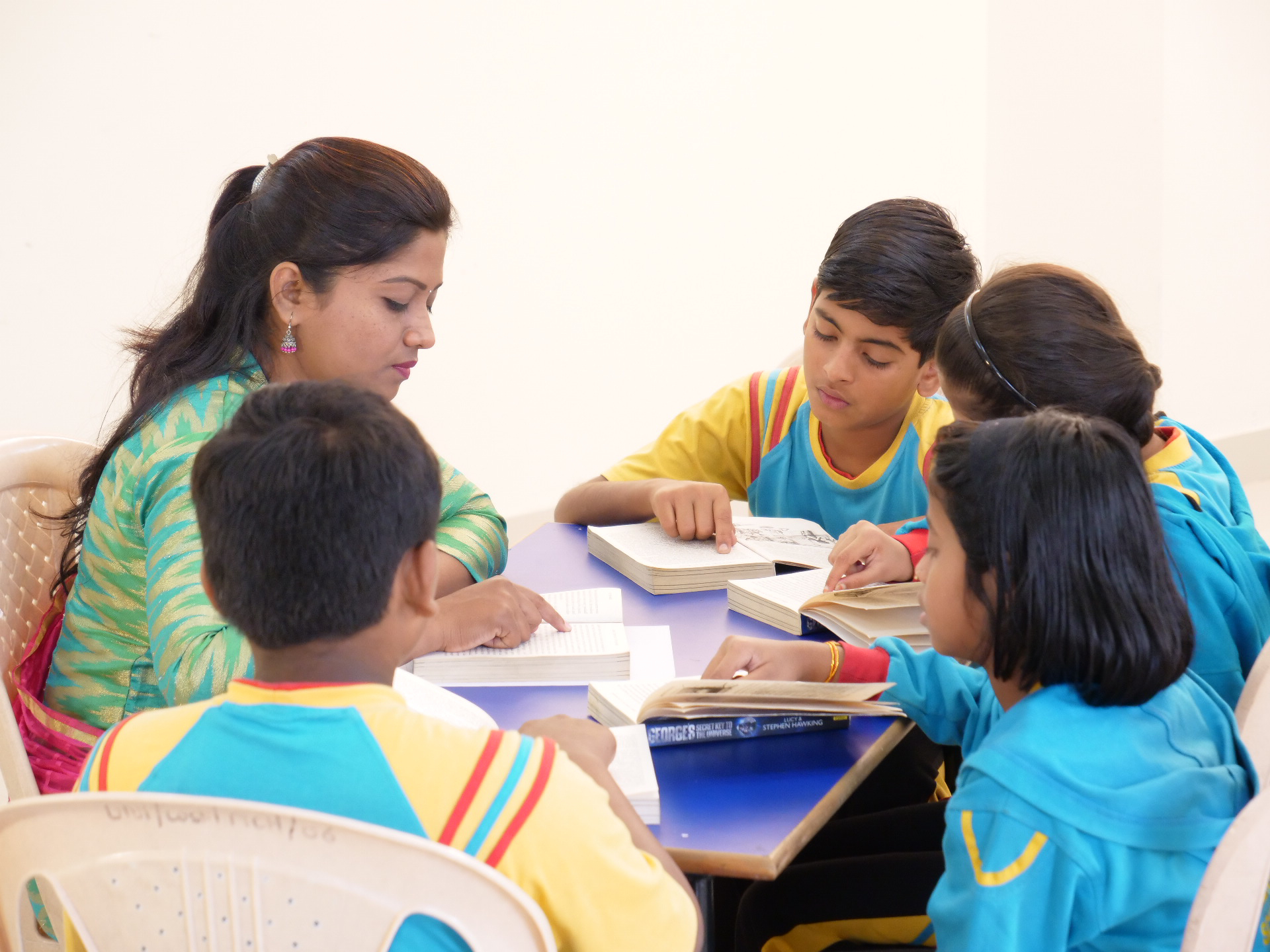
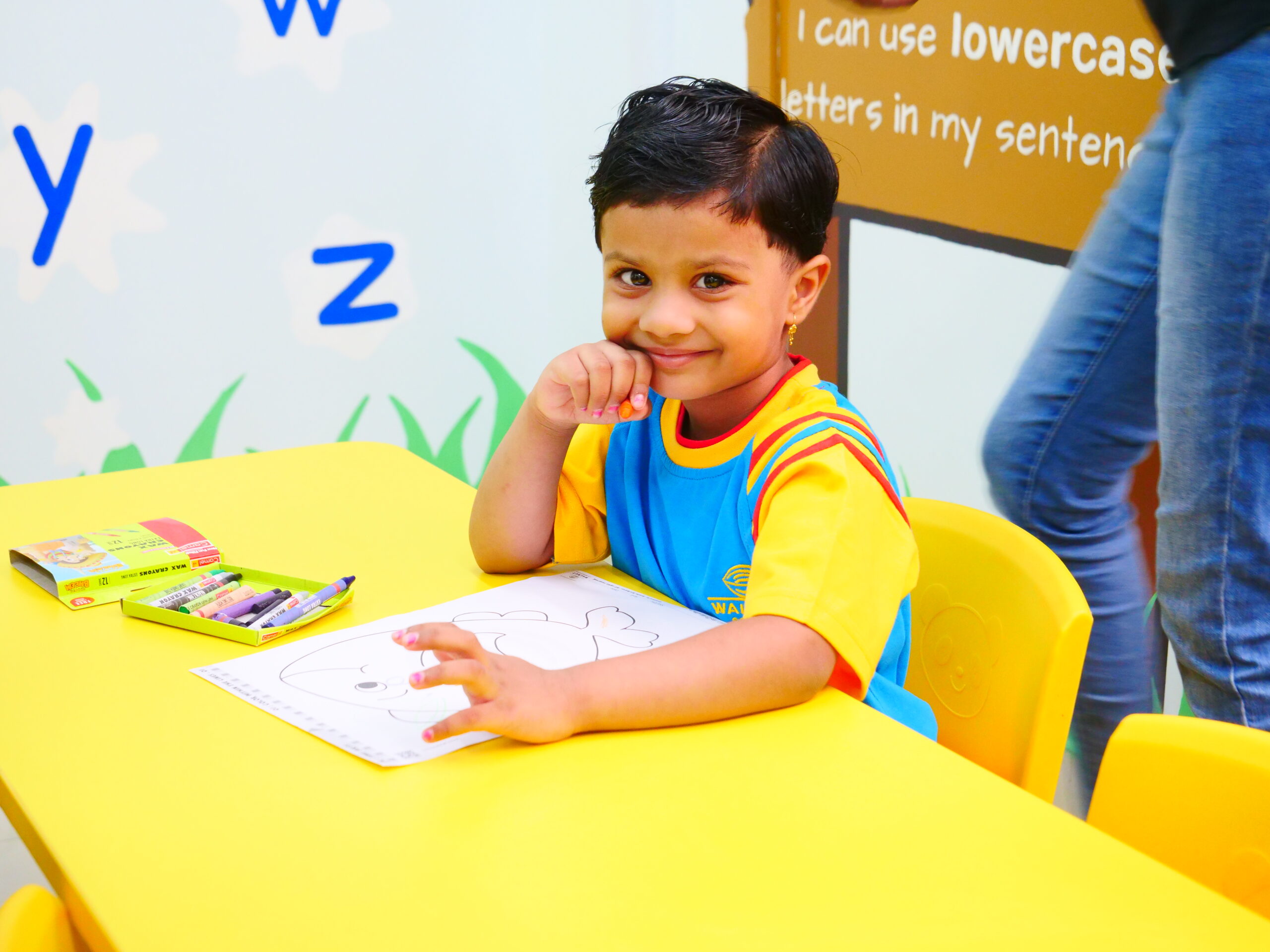
2. Do not compare students.
How to develop self confidence in students?
This is not something that can be achieved overnight. It requires a consistent effort from teachers and parents to build up confidence in the students. One of the most important things to keep in mind when working to create confidence in students is to avoid comparing them with each other.
- Understand the effect of comparing students : It is crucial to understand the negative impact it can have on their mental health and overall well-being. When students are constantly compared to their peers, they may develop feelings of inadequacy and low self-esteem, leading to a lack of confidence in their abilities. This can also result in a competitive and hostile environment where students feel the need to outperform their peers, leading to increased stress and anxiety.
- Focus on individual growth and development : When students are compared, it ignores the fact that each student is unique with their own set of strengths and weaknesses. Instead of focusing on comparisons, teachers and parents should focus on individual growth and development. This means understanding each student’s potential, setting realistic goals, and providing the necessary support to help them achieve their objectives.
- Celebrate their successes : Celebrating each student’s achievements, no matter how small, can also help boost confidence and encourage them to keep working towards their goals.
- Providing feedback : By providing constructive feedback based on their individual progress rather than comparing them with their peers, teachers and parents can help students focus on their own growth and development, rather than their performance relative to others.
- Encourage self-reflection : Encouraging them to set their own goals and work towards them is another way to boost confidence in students.
- Collaborative environment : Creating a supportive classroom environment that encourages collaboration and teamwork instead of competition also helps students focus on their own growth and development without feeling the need to outperform their peers.
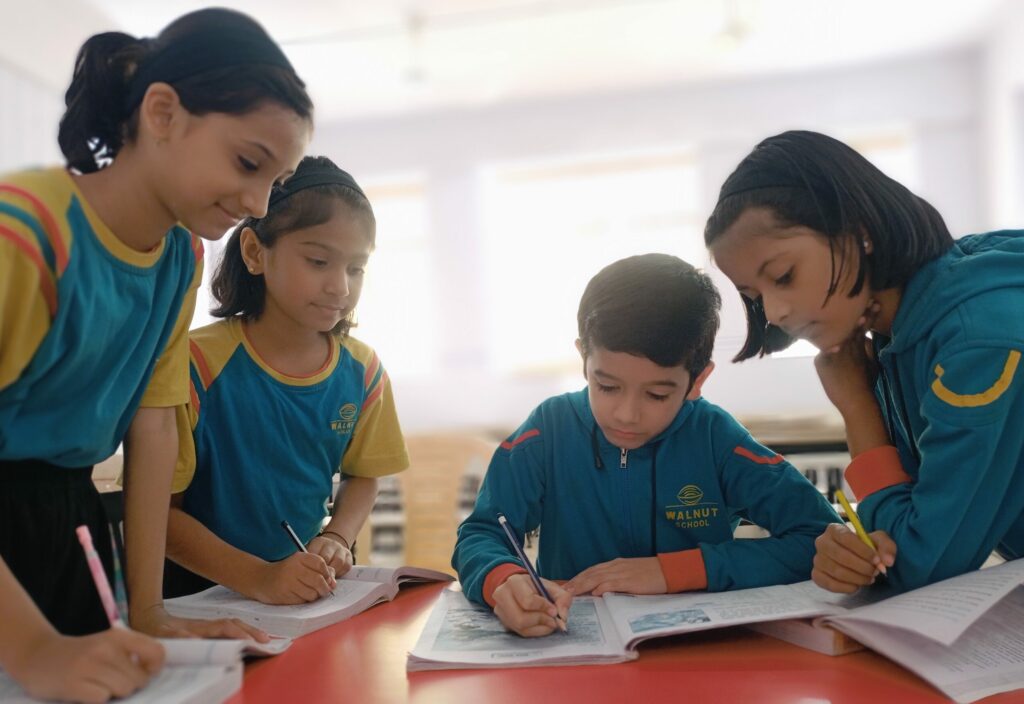
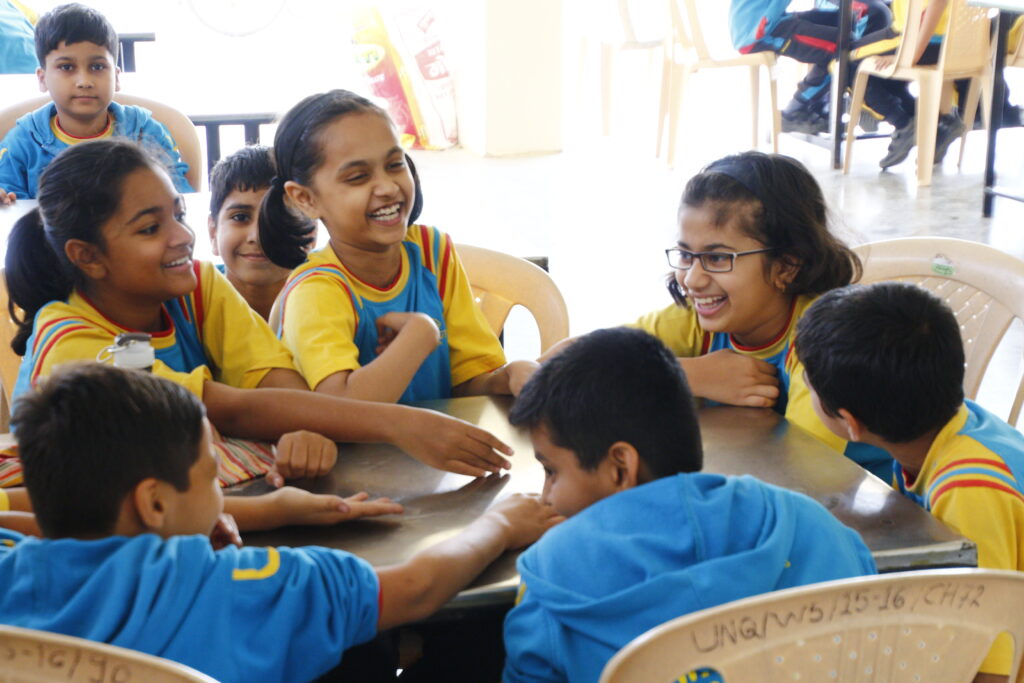
3. Motivate students to develop new skills.
Are there other ways to increase confidence levels in and out of the classroom? Ofcourse, motivating students to develop new skills and fostering creativity in the classroom can also be a powerful tool in building confidence and self-esteem in students.
- Encourage creativity : To motivate students to develop new skills, teachers and parents should encourage creativity in the classroom. Provide students with opportunities to develop new skills through extracurricular activities, workshops, or other resources. This can help students explore new ideas and concepts.
- Celebrating Achievements : Celebrating student achievements can help build up confidence and self-esteem. Teachers and parents should recognize students’ accomplishments and encourage them to continue developing new skills.
- Provide constructive feedback : Providing constructive feedback is crucial in helping students develop new skills. Teachers and parents should focus on the positive aspects of their work while providing guidance on areas that need improvement.
- Building self-efficacy : When students develop new skills, they feel a sense of accomplishment and increased self-efficacy, which can lead to improved academic performance and greater success in life.
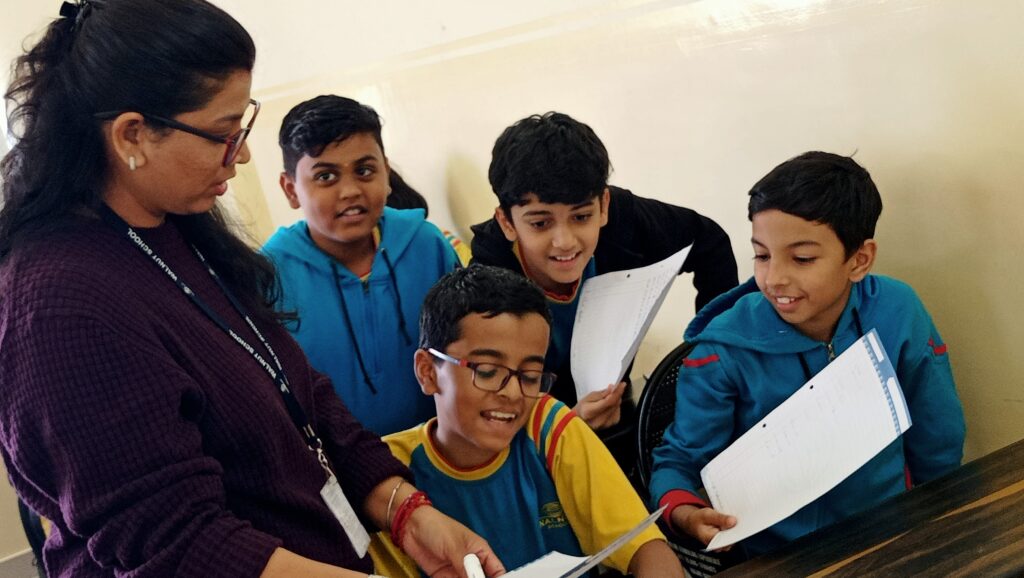
4. Provide constructive feedback.
Constructive feedback is an important tool to building confidence in students. When delivered effectively, it can help students to understand their strengths and areas for improvement, and motivate them to achieve their goals.
How to give constructive feedback?
- Focus on the behaviour, not the person : When giving feedback, it’s important to focus on the specific behaviour or action that needs to be addressed, rather than making personal attacks on the student.
- Be specific and clear : Vague feedback can be confusing and unhelpful. Generic comments like “good job” or “needs improvement” do not provide enough detail for students to understand where they need to focus their efforts. Specific feedback that highlights areas of success and areas for improvement can help students set goals and track their progress.
- Use a positive approach : When providing feedback, it is essential to use positive and encouraging language. Instead of belittling students for their mistakes, teachers and parents should focus on the positives and suggest ways to improve. This approach helps students understand that mistakes are a part of the learning process and that they can grow from them.
- Encourage self-reflection : Ask the student to reflect on their own performance and identify areas for improvement.
- Provide actionable steps : Give the student concrete steps they can take to improve their performance, such as practising a particular skill or seeking extra help.
- Be timely : Feedback should be given in a timely manner, so that the student has the opportunity to make adjustments and improve their performance.
In addition to giving constructive feedback, it is also important to create a safe and supportive learning environment. Students should feel comfortable sharing their thoughts and ideas without fear of judgement or criticism. Teachers and parents should encourage open communication and be available to answer any questions or concerns that students may have.
With these confidence building techniques and strategies, students can develop a positive self-image, increased self-esteem, and a sense of purpose and direction.
5. Let students take the lead.
One of the ways to build confidence and self-esteem in students is by allowing them to take the lead. When students are given the opportunity to take charge and make decisions, they develop a sense of ownership and responsibility, which in turn helps build up confidence. How can this be done?
- Incorporating Student-Led Projects in the Classroom : Let the children take the lead by incorporating student-led projects into the classroom. Teachers can assign group projects and give students the freedom to choose their topics and how they want to present their findings. This not only develops their leadership skills, but also allows them to explore their interests and passions.
- Encouraging leadership roles in extracurricular activities : Teachers and parents can also encourage students to take leadership roles in extracurricular activities such as clubs and sports teams. By allowing them to take on responsibilities such as team captain or club president, they can develop their leadership skills and build their self-confidence.
- Providing guidance and support : it is essential for teachers and parents to provide guidance and support to students as they take the lead. This can include giving constructive feedback and coaching them on how to improve their skills. By providing this support, students can achieve confidence in their abilities and continue to develop their skills and leadership abilities.
- Create a safe and supportive environment : Students can develop their leadership abilities with confidence when they are given the opportunity to take the lead in a safe and supportive environment where they feel comfortable taking risks and making mistakes.
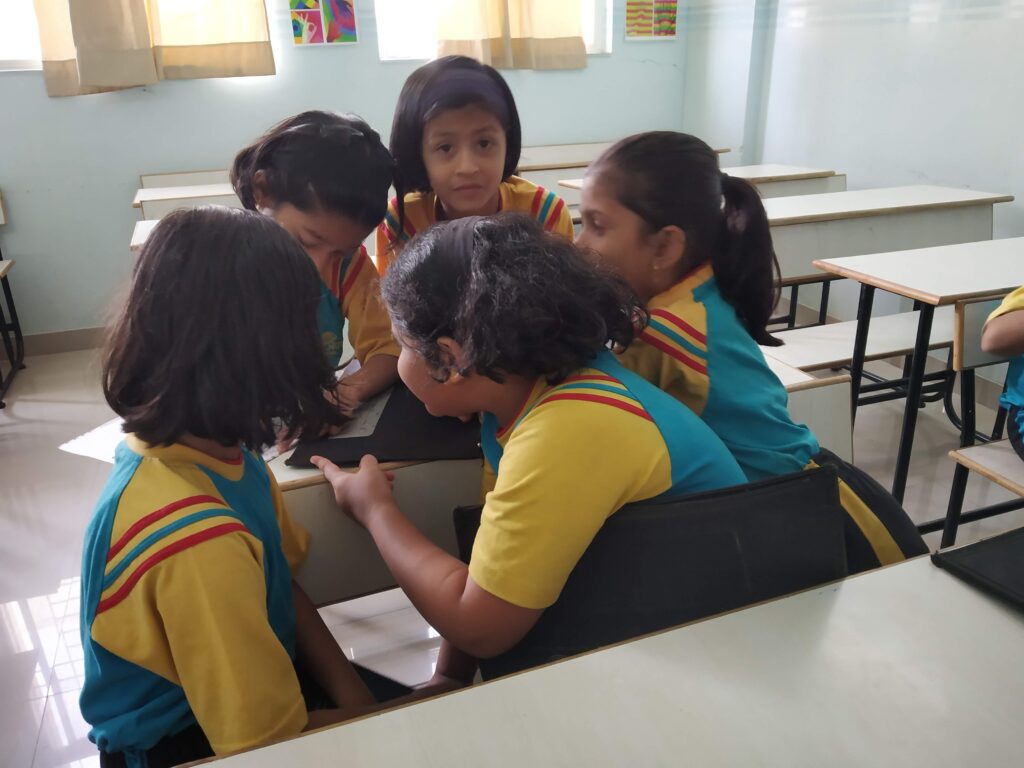
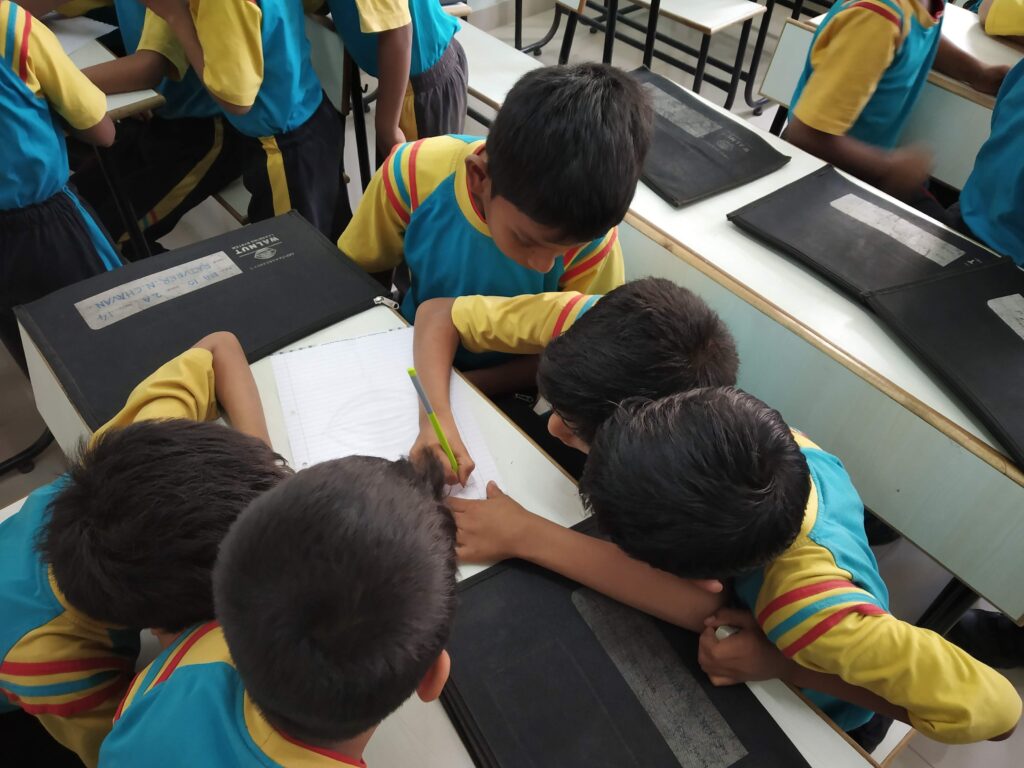
6. Give a multi-dimensional exposure
An effective way to develop confidence and self-esteem in our children is by providing students with multi-dimensional exposure, such as :
- Participating in events : Participating in events whether it is a school play, a debate competition, or a music recital, can help students improve their confidence to perform in front of an audience.

As students gain experience performing in front of others, they become more comfortable and confident in their abilities.
This increased confidence can also improve their self-image and reduce feelings of self-doubt or insecurity. Moreover, participating in events can help students get rid of stage fright, which can be a significant hurdle for many students. As they learn to manage their nerves and anxiety, students become bolder and more confident in their abilities.
Such participation also helps improve a student’s body language, as they learn to project their voice, use gestures, and maintain eye contact, all of which are important elements of confident public speaking.
- Playing multiple sports : Exposure to various sports can greatly improve confidence and overall well-being of the children. Participating in sports can improve a student’s collaboration skills, as they learn to work as a team towards a common goal.
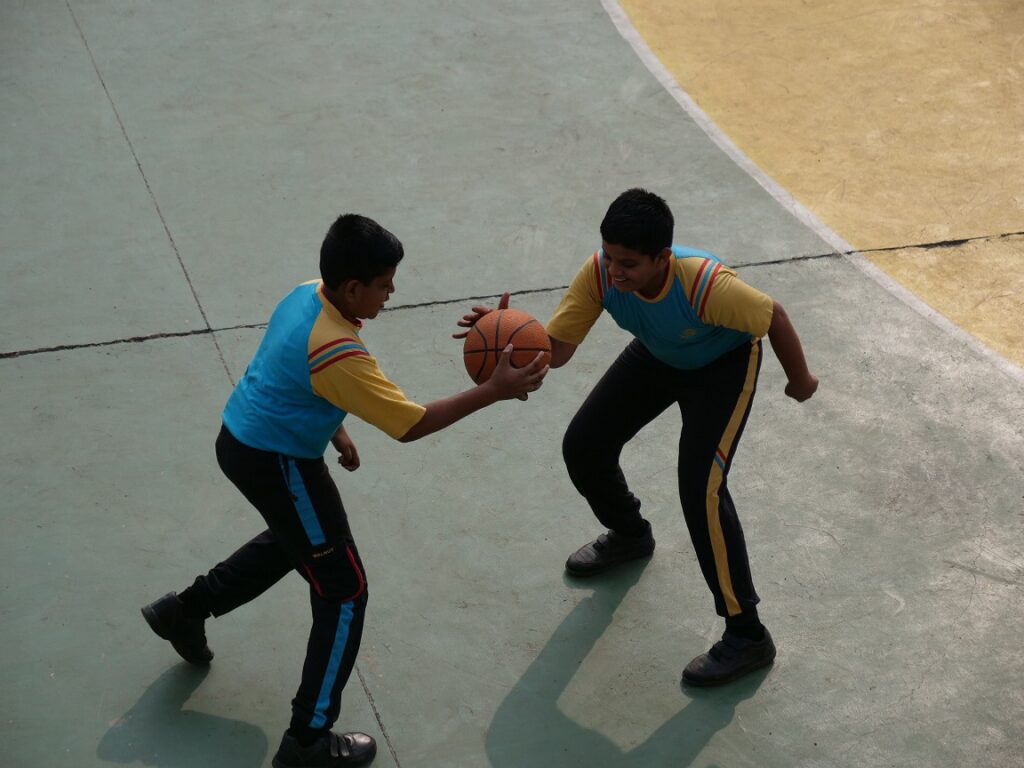
Sports can also help students learn to accept loss and failure, which in turn reduces the chances of feeling low or discouraged. Physical strength gained from sports can also promote mental health, providing a sense of accomplishment and confidence.
Furthermore, playing sports releases “happiness” hormones, or endorphins, which can boost a student’s confidence and overall well-being.
Sports also allow for controlled risk-taking, helping students build their ability to take calculated risks. Finally, participating in sports can help students develop strategic thinking skills, which can improve their agility and ability to adapt to new situations.
- Playing board games : Board games are a fun way to help students develop their strategic thinking skills and confidence. Playing board games allows students to engage in controlled risk-taking, making strategic decisions, and celebrating their successes.
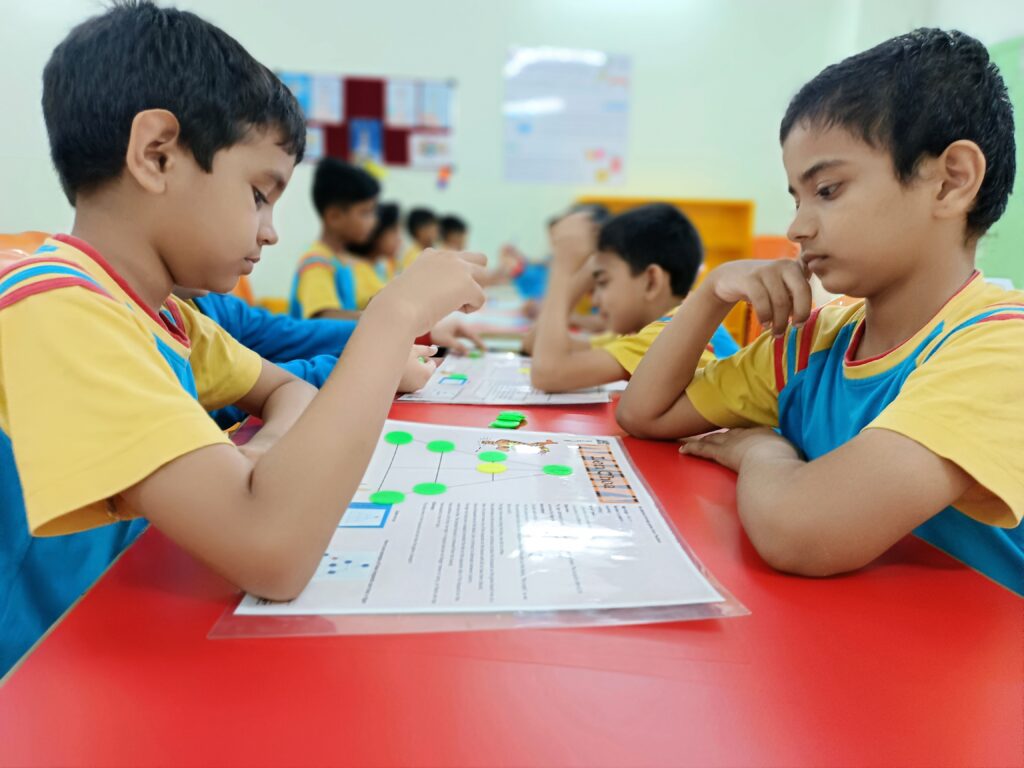
It also helps students to develop agility and flexibility, which are essential traits for success.
Board games provide an entertaining and educational way to build up confidence and strategic thinking skills in students.
- Solving puzzles : Exposing students to puzzles is an effective way to improve their cognitive abilities and mental agility. Puzzles of varying difficulty levels can keep them motivated and build their resilience in facing challenges.
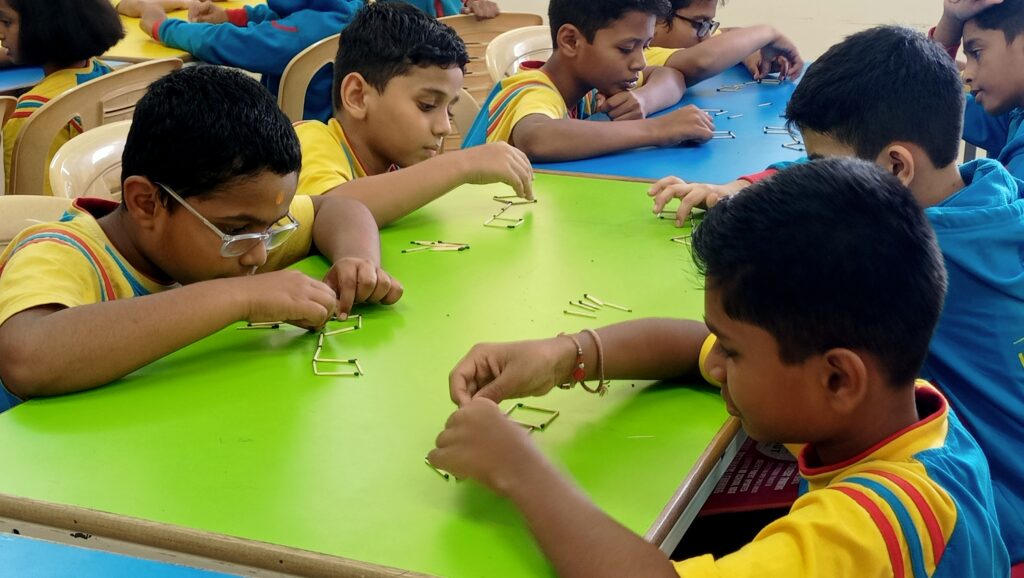
As they progress and solve more challenging puzzles, their confidence grows, which makes them more willing to take on tougher challenges.
Puzzles help students become more confident in their abilities to tackle complex problems, and they provide an engaging way to develop problem-solving skills. Ultimately, puzzles can enhance students’ mental abilities, boost their confidence, and help them approach difficult tasks with resilience and persistence.
- Exposure to non-academic subjects : Providing students with exposure to non-academic subjects, such as finance, insurance, the stock market, global outlook, design, and marketing, can have a significant impact on their personal and professional development.
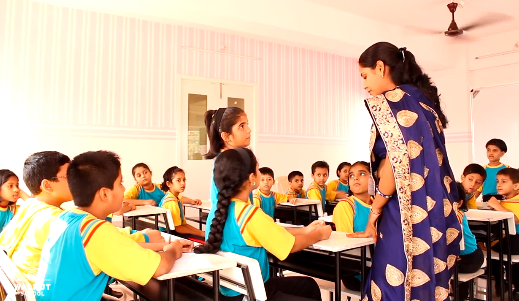
Asking students to speak about these topics during family gatherings can provide a controlled environment for them to boost their confidence levels.
This exposure can help students become more confident, well-rounded individuals with a broader understanding of the world around them. It can also help prepare them for success in their personal and professional lives by developing important skills and knowledge.
In conclusion, to help students achieve their full potential, it is important to build up their confidence and self-esteem. Along with the various confidence building techniques given in the blog, it is also essential to create a safe and supportive learning environment that encourages growth and learning. By empowering students with the tools and strategies they need to develop confidence in themselves, teachers and parents can help them succeed both academically and personally.
